The next time you hear that a "polar vortex" is headed your way, keep one thing in mind: It's probably bunk.
A whole lot of people jumped into "Day After Tomorrow" mode and dubbed the forthcoming Alaskan storm that's expected to bring an unseasonable cold snap this week the next polar vortex.
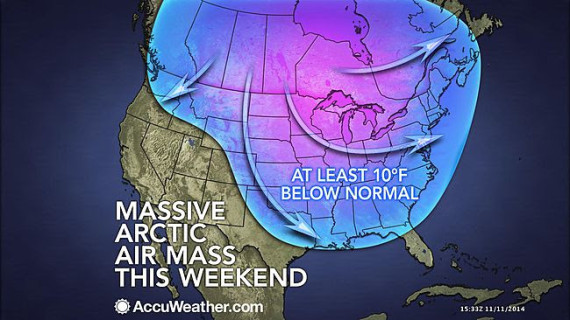
An AccuWeather.com model shows the chilling effects from the Alaskan storm fueled by the remnants of Typhoon Nuri.
The term "polar vortex" is legitimate -- it's an upper air circulation that almost always hangs out around the poles -- but its use, well, not so much.
"In the meteorology community, this was one that got on a lot of people’s nerves," ABC News Chief Meteorologist Ginger Zee told The Huffington Post Tuesday.
Zee said after part of the actual polar vortex affected parts of the country in January, the term achieved buzzword status: "It caught on, and when it caught on, people started to say it for every [cold weather event.]"
Not Every Cold Weather Event Is Because Of The Polar Vortex
Zee called the term "the most misused weather term of 2014" and said haphazardly tossing it around is not just frustrating, but potentially harmful.
"We have these terms for a reason. They have a definition for a reason," Zee said. "When we start throwing them around, we lose the ability to convey what they really mean."
Even common weather words like "blizzard" and "severe" have specific thresholds: A blizzard, for instance, must be characterized by an estimated three hours or more of sustained wind or frequent gusts to 35 mph or greater with falling snow and reduced visibility.
"You can’t call any snowfall 'blizzard-like' or any storm a 'severe' storm,” Zee notes.
Before part of an actual polar vortex hit swaths of the U.S. in January, Zee said the term hadn't been widely used outside the meteorological community since the 1970s. Indeed, at least in recent years, there were virtually no searches for the term prior to a spike in January, Google Trends shows.
So what is a polar vortex?
The polar vortex is a semi-permanent upper level circulation in the atmosphere that Zee said "almost always" resides near the north and south poles.
"The polar jet stream around us is like a fence; it can move and contract and expand," Zee said. She explained the circulation is usually "very far from us," but last January, a lobe of the polar vortex slipped down and displaced the arctic air that normally stays north of the U.S.
"Calling that a polar vortex was not inaccurate — but if the actual polar vortex were to move over the U.S., we would have major planetary problems," Zee added.
Why Do We Keep Getting The Weather 'Wrong?'
Zee said individual interpretation of the weather is a deeply "psychological" thing, which makes it easy to spread the notion that a current weather system is some superlative experience.
"People make general statements -- 'This is the coldest summer we’ve had since I was born!' 'My birthday is always rainy!' -- but that's just how you remember it. It's like when you have a bad meal. You don't remember the good or normal stuff," Zee said. "Weather is so psychological. My husband says every Oct. 1, 'It’s so cold,' and I went back 10-15 years and saw that just two of those years were as cold as he thought they were."
While relying on our memory to qualify the weather can be dicey, Zee said that even the best meteorologists can only make predictions, not tell the future.
National Oceanic and Atmospheric Administration spokeswoman Monica Allen told HuffPost that forecasting technology has come a long way and is improving all the time.
How can we be better prepared for major weather events?
Keeping informed certainly helps.
Zee said that weather apps that give a reading based on ZIP code have their shortcomings -- "It’s just a robot. There’s no meteorologist in there." -- but she favors radar apps like RadarScope and iMap Weather Radio so that people can be responsible and aware in cases of dangerous weather.
"[These days] we’re all more aware of the weather, psychologically. We all have a phone. Every hailstorm that falls, every tornado that hits, we can take a video and share it," Zee said. "Now if everyone could just turn them horizontally, I'd be really happy."
Related
Before You Go
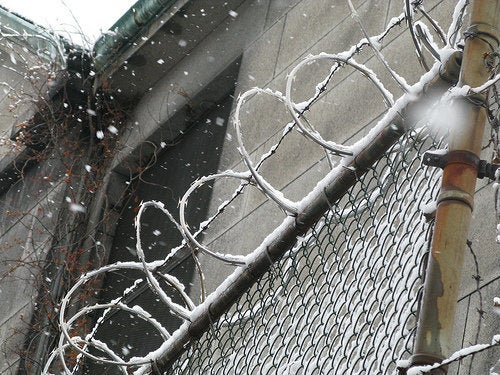
(Photo by Elizabeth Thomsen/Flickr Creative Commons)
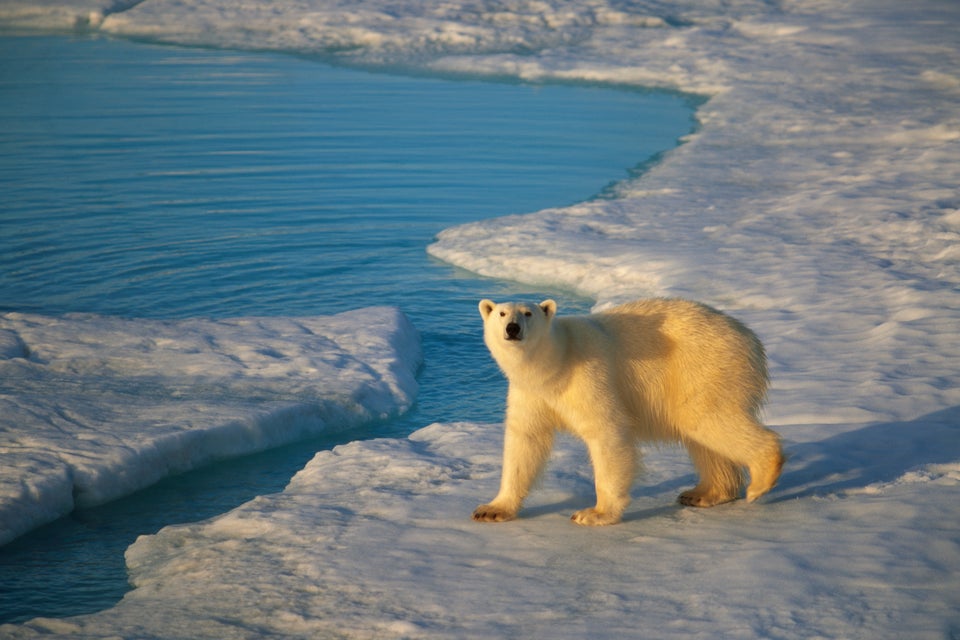
Anana wasn't the only zoo animal brought indoors. At the National Aviary in Pittsburgh, bald eagles and African penguins were "taken off exhibit" until temperatures rose, reports CNN.
(Photo by Ralph Lee Hopkins via Getty Images)
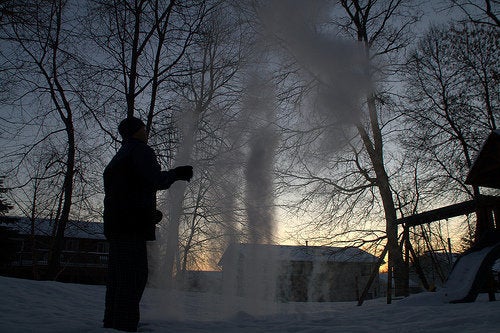
If you missed the hype, Buzzfeed's comical round-up of people tweeting, filming and scalding themselves over the past few days can get you up to speed. "Tried to do the boiling water trick but the water burned my hand and I dropped the cup and it broke... Fail would be an understatement," tweeted one adventurist, as featured on Buzzfeed. This "experiment" has been so popular that many news organizations, from Time to the Los Angeles Times, have even reported on the fad.
(Photo by Jody/Flickr Creative Commons)
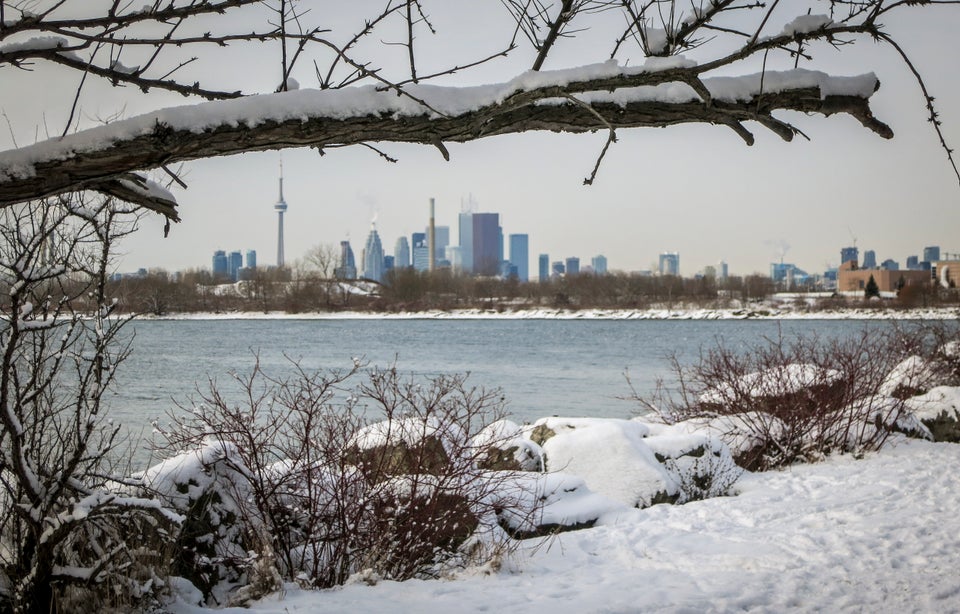
They occur when rain and water seep underground and freeze. "Water expands when it freezes, and when it expands in frozen soil, it literally puts a lot of stress on that dirt and will release that energy all of a sudden, very much like an earthquake releases that energy and shifts the ground,” meteorologist Natasha Ramsahai told City News.
Fortunately, frost quakes occur rarely, aren't a threat to people and are localized, explained Outside magazine.
(Photo by David Cooper via Getty Images)

Temperatures in Chicago, the Midwest and into Canada dipped well below sub-zero with the wind chills on Monday and Tuesday. According to a Smithsonian blog, the Red Planet has been experiencing temperatures around -13 and -24 degrees Fahrenheit recently, warmer than many locations in North America.
But, relatively speaking, the polar vortex doesn't hold a candle to Mars: Temperatures there can range from 70 to -225 degrees Fahrenheit.
(Photo by NASA/Getty Images)
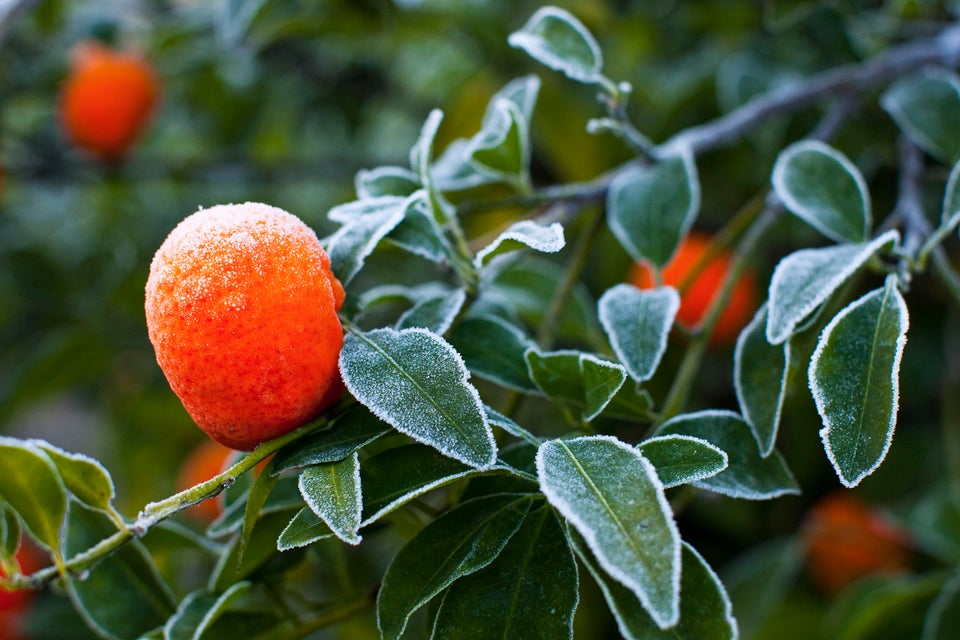
(Photo By Matt Stroshane/Bloomberg via Getty Images)
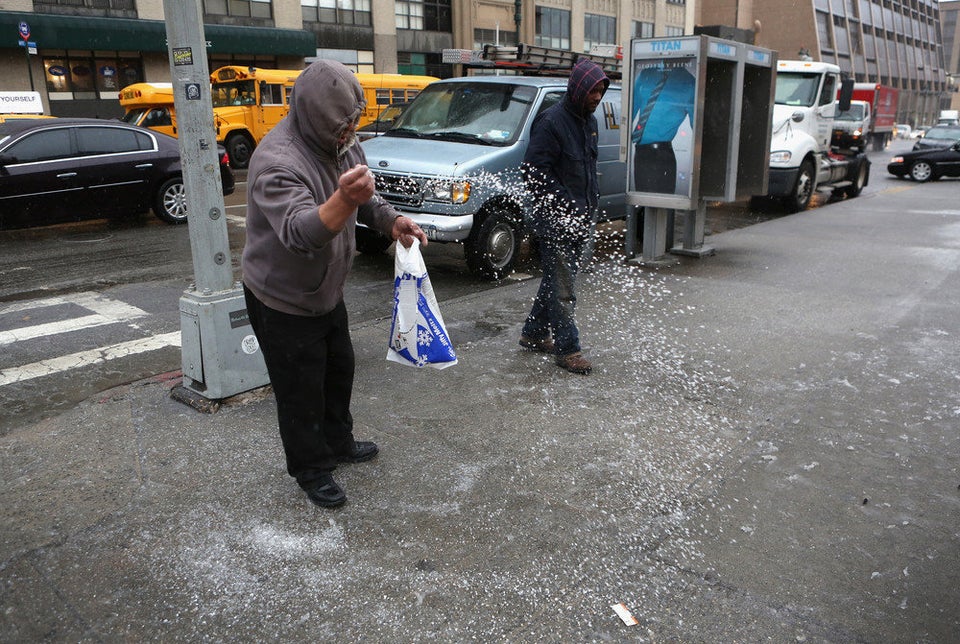
(Photo by John Moore/Getty Images)
